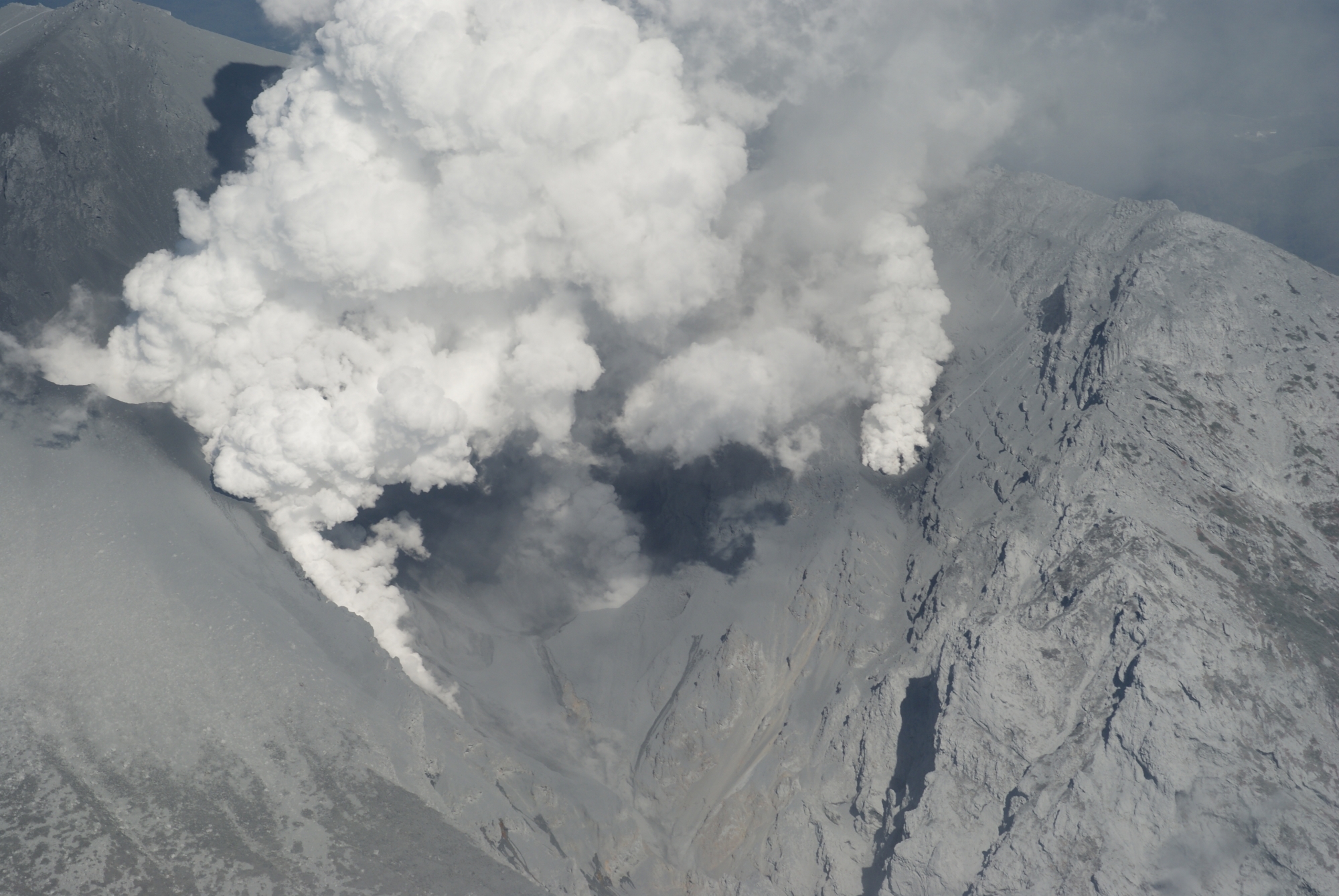
Located high in the mountains are structures called “mountain huts” that provide refuge and safety to those who are in need of food and shelter. However, because of their location, these life-saving shelters are highly vulnerable to the projectiles from nearby erupting volcanoes.
In a study jointly conducted by scientists from the Earth Observatory of Singapore (EOS) and the University of Canterbury (UC), we looked at an eruption event in Japan to learn what we can about how to reduce the impacts of projectiles on roofs of building structures. Our findings were recently published on 7 November 2019 in the Journal of Volcanology and Geothermal Research.
We wanted to see if buildings that are struck by volcanic projectiles might perform better if the impacts were cushioned by a layer of volcanic ash. One reason we wanted to investigate this interaction of hazards is that it might explain why mountain huts, which are expected to be highly vulnerable to projectile impacts, were able to provide life-saving shelter during the 2014 eruption at Mount Ontake in Japan where 58 hikers were killed.
The ability of ash to cushion volcanic projectile impacts has long been hypothesised but never measured, likely due to the extreme danger associated with close observation of impacts at active volcanoes.
To overcome this, we collaborated with researchers from UC to use their one-of-a-kind, high-pressure air cannon to launch volcanic rocks up to 280 kilometres per hour. This allowed us to accurately simulate volcanic block impacts on different roofing materials, safely capture the impact using high-speed cameras, and then compare the damage caused to the roofs both with and without a cushioning layer of ash.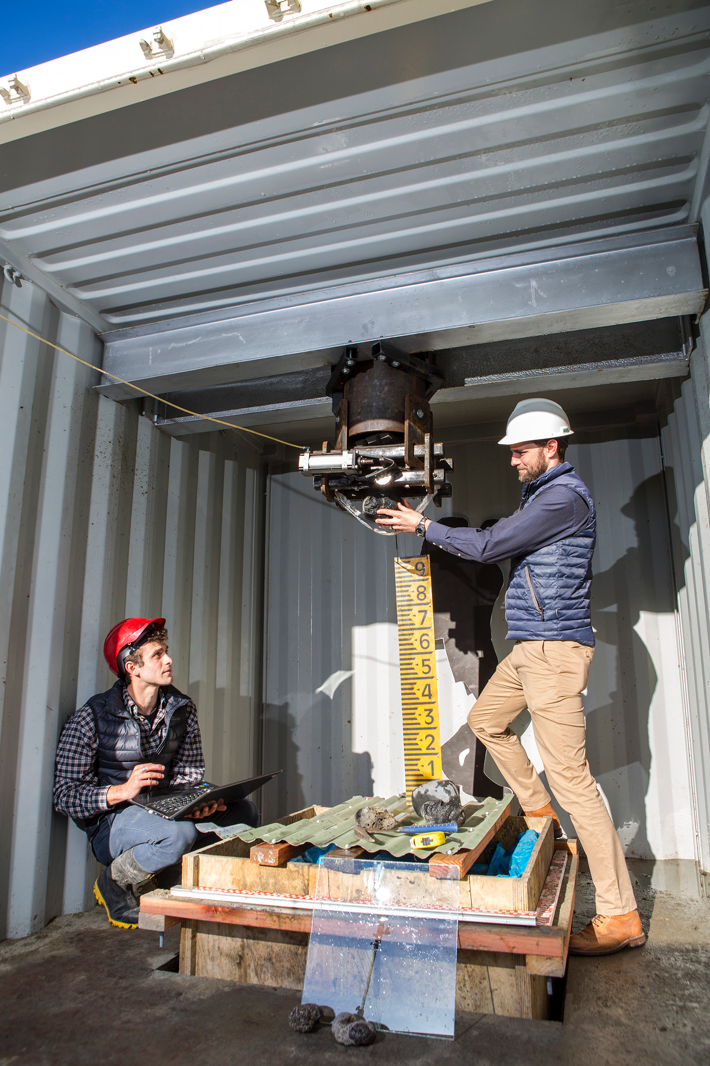
Our experiments found that having as little as five centimetres (cm) of ash on a roof roughly tripled the amount of kinetic energy required for a projectile to dangerously penetrate through the different roof materials we tested (reinforced concrete slabs and clay roof tiles). Increasing the thickness of ash deposits meant they were able to absorb even more energy but, in the real world, this would also increase the probability of a roof collapsing under a heavier load of ash.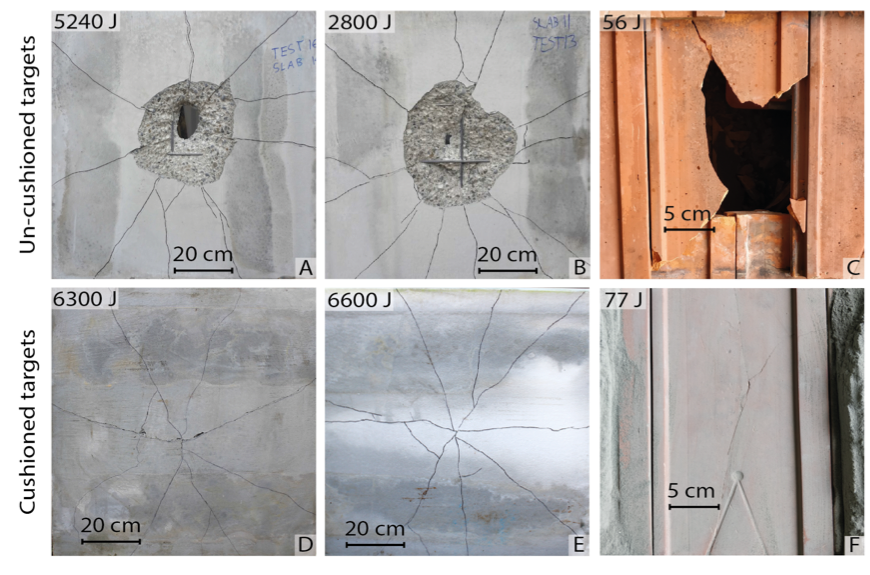
Scientists typically assume that when an asset is struck by multiple volcanic hazards, it would be more damaged than if it were to be hit by a single hazard. But these experiments provide a surprising example where the opposite is true, so long as tephra is deposited prior to ballistic impacts.
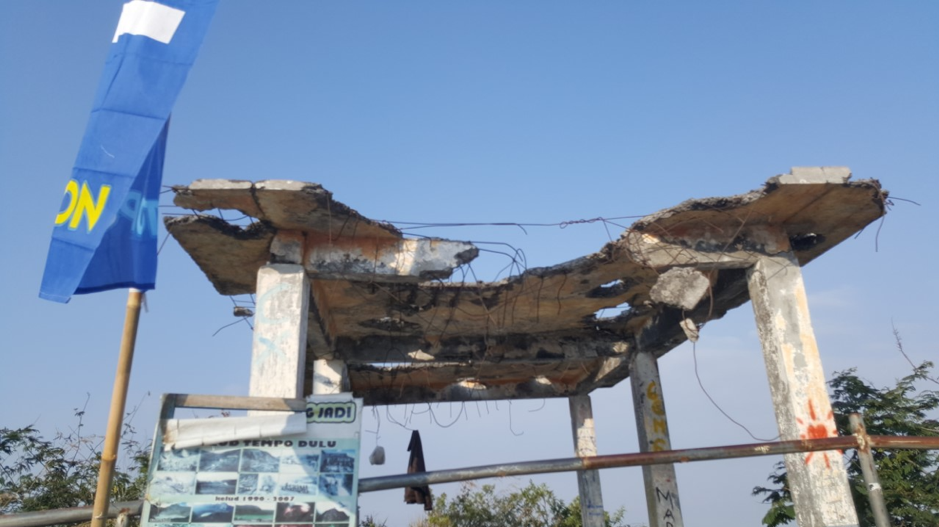
This leads to the more exciting idea that we could proactively harness ash cushioning by designing volcanic shelters or retrofitting vulnerable buildings to support a 5 cm layer of loose material on their roofs. This might allow structures that already exist near active volcanoes to become substantially more resilient to impacts and have a better chance of protecting people in the event of sudden, unexpected eruptions.
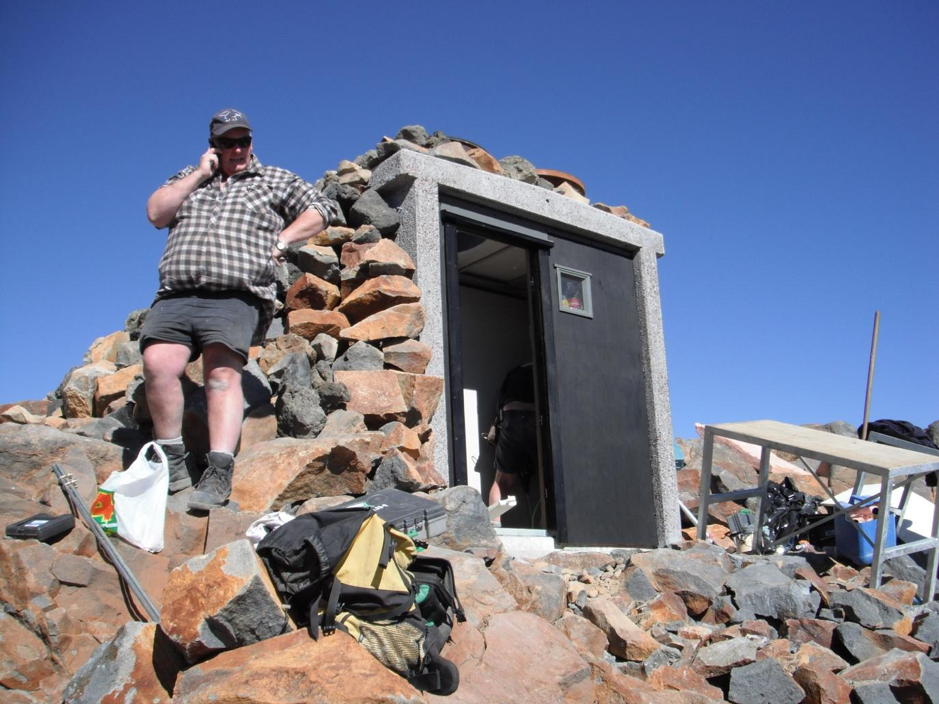
The results of this study have already been used to support the placement of boulders onto the roof and sides of a concrete shelter on Mt. Ruapehu in New Zealand. For this type of risk mitigation to be more widely implemented, volcanologists around the world must work with engineers to identify at-risk areas and buildings, and then retrofit these or build volcanic shelters that can safely support the weight of a protective ash deposit or some other unconsolidated material on their roofs. This needs to be done on a case-by-case basis so that the optimal balance can be found between decreasing risk from projectile strikes and increasing the risk of roof collapse. Because most buildings with reinforced concrete roofs can already support immense thicknesses of ash, these structures are likely to be the best candidates for retrofitting.